Assessments by Russian Experts and Reflections in the Russian Media
Assessments by Russian Experts and Reflections in the Russian Media
By Yıldıran Acar, Political Scientist
The visit of Syria’s new President Ahmed al-Sha’ra to Moscow was not merely a diplomatic contact; it signaled a period in which the balance of power in the Middle East is being redefined. This visit both offered clues about Syria’s new foreign policy course and clearly showed how Russia wants to reposition its presence in the region.
New Syria’s Search for Direction
This first official visit by al-Sha’ra to the Kremlin carries symbolic significance for understanding how Syria has entered a “new era” after the Bashar al-Assad period. Al-Sha’ra did not go to Moscow to request the extradition of Assad, or to conduct a pure protocol meeting. The real reason behind the visit was Syria’s economic bottleneck and security dilemma. The country is effectively fragmented: in the north under the shadow of U.S.-backed Kurdish forces, in the south under Israel’s, and in the east under American bases. Despite “de-escalation” rhetoric, the West has not relaxed sanctions, and financial aid has remained symbolic. As al-Sha’ra put it, Syria needs between 600 and 900 billion for reconstruction — and there is no Western country willing to allocate that amount. Consequently, Damascus has turned its gaze back to Moscow.
Bases, Economy, and Security: A New Bargain in the Equation
The greatest bargaining chips for the Syrian government are the Russian military bases in Tartus and Hmeimim. For Moscow, these bases are not only logistical hubs in the Mediterranean but also the guarantee of operational depth in Africa and the Middle East. As military correspondent Oleg Blokhin put it, “In exchange for the bases, al-Sha’ra will ask for four fundamental things: fuel, grain, weapons, and money.” This aims not only to ease the economic collapse, but also to strengthen the hand of the central authority. At a time when Russia is burdened by its “special military operation,” this negotiation has turned into a mutual dependency born out of necessity for both sides. By preserving the bases, Moscow will maintain its presence in the Mediterranean; in return, Damascus will partially cede its political autonomy for food, energy, and military support. This indicates that, in the new period, Syria is moving toward a foreign policy built not on independence but on “strategic flexibility.”
Assessments by Russian Experts and Reflections in the Russian Media
Russian media and expert circles viewed Ahmed al-Sha’ra’s visit to Moscow not merely as a diplomatic gesture, but as a “legitimacy test” for Syria’s new era. The Kremlin opening its doors effectively means Moscow recognizes the new administration in Damascus. However, this recognition is not an unconditional alliance; it is part of a carefully woven strategy of balance.
Izvestia interpreted the meeting as “Syria’s search for a renewed balance in relations with Russia.” The report emphasized that “after the change of power in Syria, Moscow adopted a cautious wait-and-see approach, which is now giving way to a gradual rapprochement with al-Sha’ra’s visit.”
Anton Mardasov of the Russian International Affairs Council assessed the Kremlin’s approach to Syria as follows: “Russian military bases have become not only a security element in Damascus’s internal balance, but also a pillar of political legitimacy. The new administration wants to use Russia’s presence as a counterweight to American influence. Moscow, for its part, is turning this into an opportunity to consolidate its strategic presence in the region.”
Middle East expert Kirill Semenov summarized the meaning of the Kremlin meeting as follows: “This contact cemented, in Russia’s eyes, the legitimacy of the new Syrian administration. Moscow no longer sees Damascus as a temporary actor, but as a permanent partner. Agreements concerning the bases may be reviewed, but the foundation of Russia’s military presence in the region will not change.”
A similar analysis was voiced by Igor Korotchenko, editor-in-chief of the National Defense Magazine. Emphasizing Russia’s intention to restart military-technical cooperation, Korotchenko said, “Hmeimim and Tartus are not only military bases; they are logistical and security centers for Syria’s reconstruction.” In his view, Damascus now sees the existence of these bases not as an external pressure, but as a guarantee of national security.
Russian expert in the economic field Vladimir Akhmedov drew attention to a different point. According to him, the issue is not just the status of the bases, but the economic network to be rebuilt around them. “Many energy and infrastructure agreements signed during the war years must now be updated. Russian companies are preparing to return to operations in Syria. The return of Tatneft in particular is not merely symbolic; it is the first sign of economic reintegration.”
Military correspondent Oleg Blokhin stated the framework of the Kremlin-Damascus bargaining quite clearly: “For Russia, the bases are indispensable; for Syria, they are the key to accessing vital resources. Al-Sha’ra is demanding fuel, grain, weapons, and money. Moscow sees these demands as a legitimate trade-off for the continuation of the bases.”
Another expert, Al-Shami, explains the future of military cooperation between the two countries with the concept of “flexibility”: “The new administration is not ideological but pragmatic. This flexibility allows Russia to remain in Syria and enables Damascus to preserve its own room for maneuver.”
The words of Russian Foreign Minister Sergey Lavrov outline the diplomatic framework of this entire strategic mindset: “Our presence in Syria is not solely for military purposes. New conditions require us to relate the function of our bases to humanitarian aid and regional stability.”
Newspapers such as RIA Novosti and Kommersant interpreted Lavrov’s statement as “a signal of softening in Moscow’s new Syria policy.” From this perspective, Russia no longer aims to be merely a military power; it wants to become entrenched as a regional order-building actor.
In short, the prevailing opinion in Russian expert circles is that “Russia-Syria relations are moving toward a new balance model based on mutual dependence rather than old alliance reflexes.” As Damascus wins Moscow back, Moscow is redefining the cost of remaining in Syria.
Reflections in Western Media: Pragmatism and Disappointment
The Western press, meanwhile, interpreted the visit with coolness but caution. The Guardian drew attention to “Moscow’s effort to protect its military bases in Damascus and improve relations with the new administration.” The New York Times wrote, “Both leaders want to open a new page in relations,” while France24 interpreted the public silence on the Assad issue and the bases as a “diplomatic strategy of silence.”
But the clearest commentary came from Reuters: “Al-Sha’ra’s announcement that he will adhere to past agreements with Moscow means that Russia’s bases in Syria are safe.” This statement echoed with clear disappointment in the Western media, as it indicated that Damascus is turning not to the West but back to Russia.
Conclusion: The Real Direction of the New Syria
This meeting at the Kremlin, beyond being a diplomatic contact, constitutes a “geopolitical restart” that shapes the future of post-war Syria. Although al-Sha’ra’s turn toward Russia appears more a necessity than a choice, this necessity also provides Syria with a certain room for maneuver.
By safeguarding its bases and influence, Russia strengthens its hand in the regional equation; meanwhile, Damascus, even under Moscow’s shadow, is trying to rebuild state capacity. At the core of this relationship lies a compulsory pragmatism born of mutual need.
For today, the “new Syria” appears less an independent actor than a regime placing its survival strategy within the same equation as Moscow.
But even that, after years of civil war, can be counted as progress for Damascus — because now it is not war but balance politics that is being discussed.


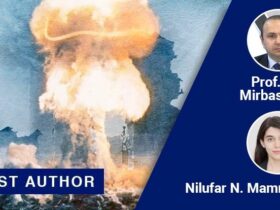
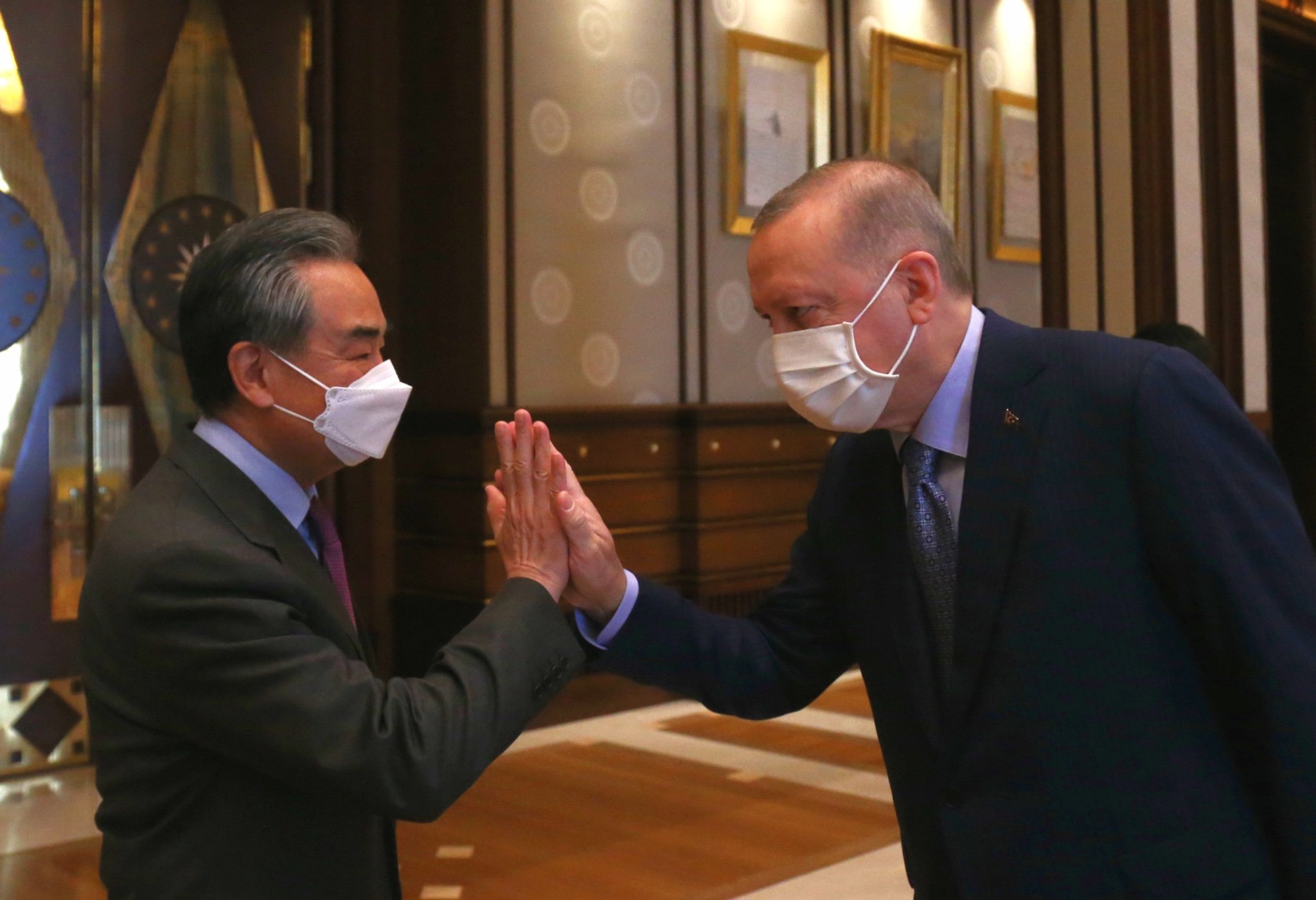
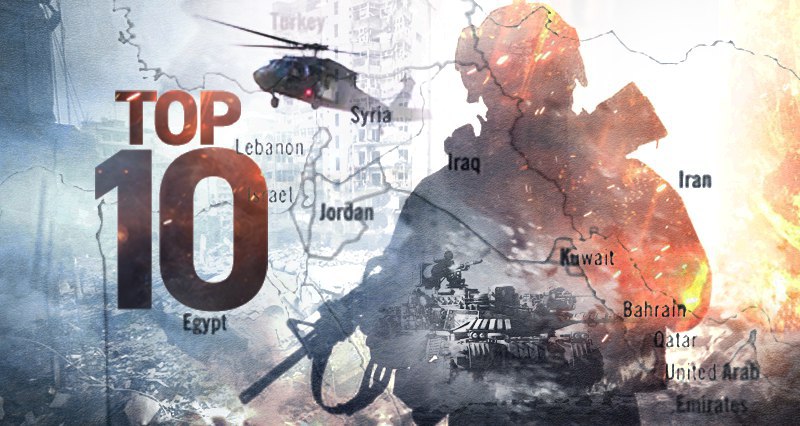
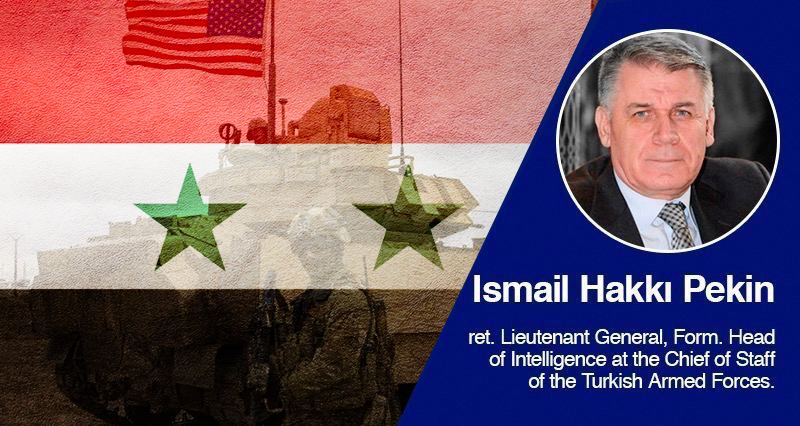

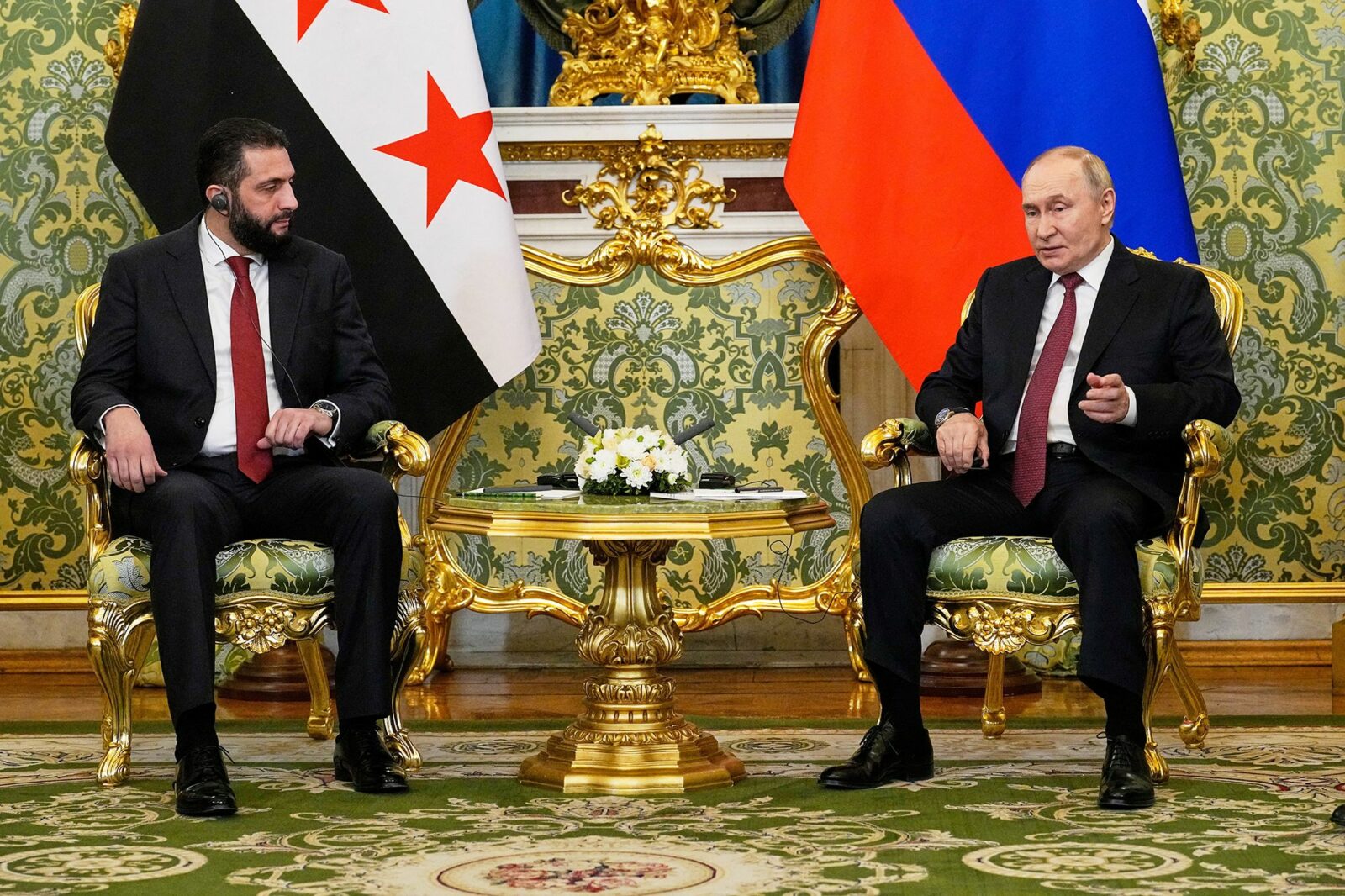
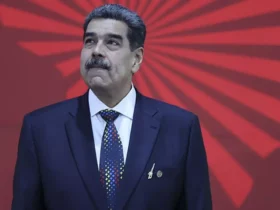
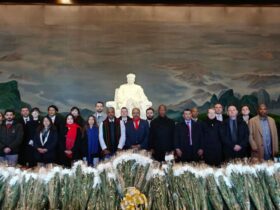
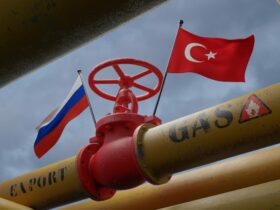
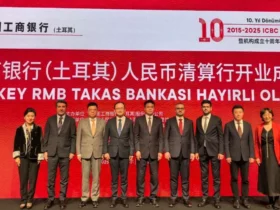
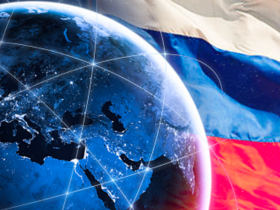
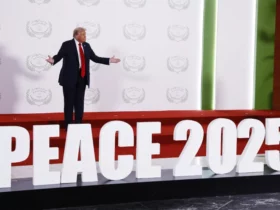
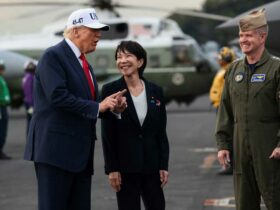
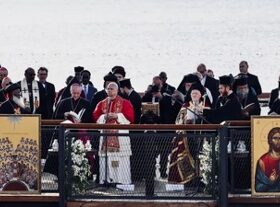
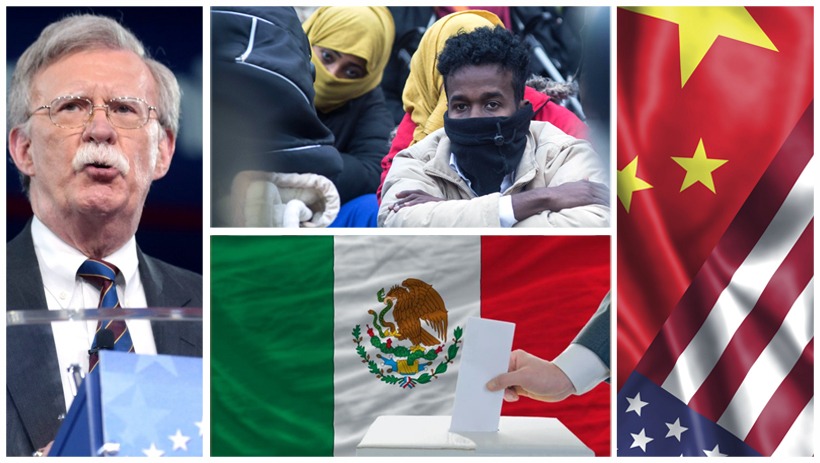
Leave a Reply